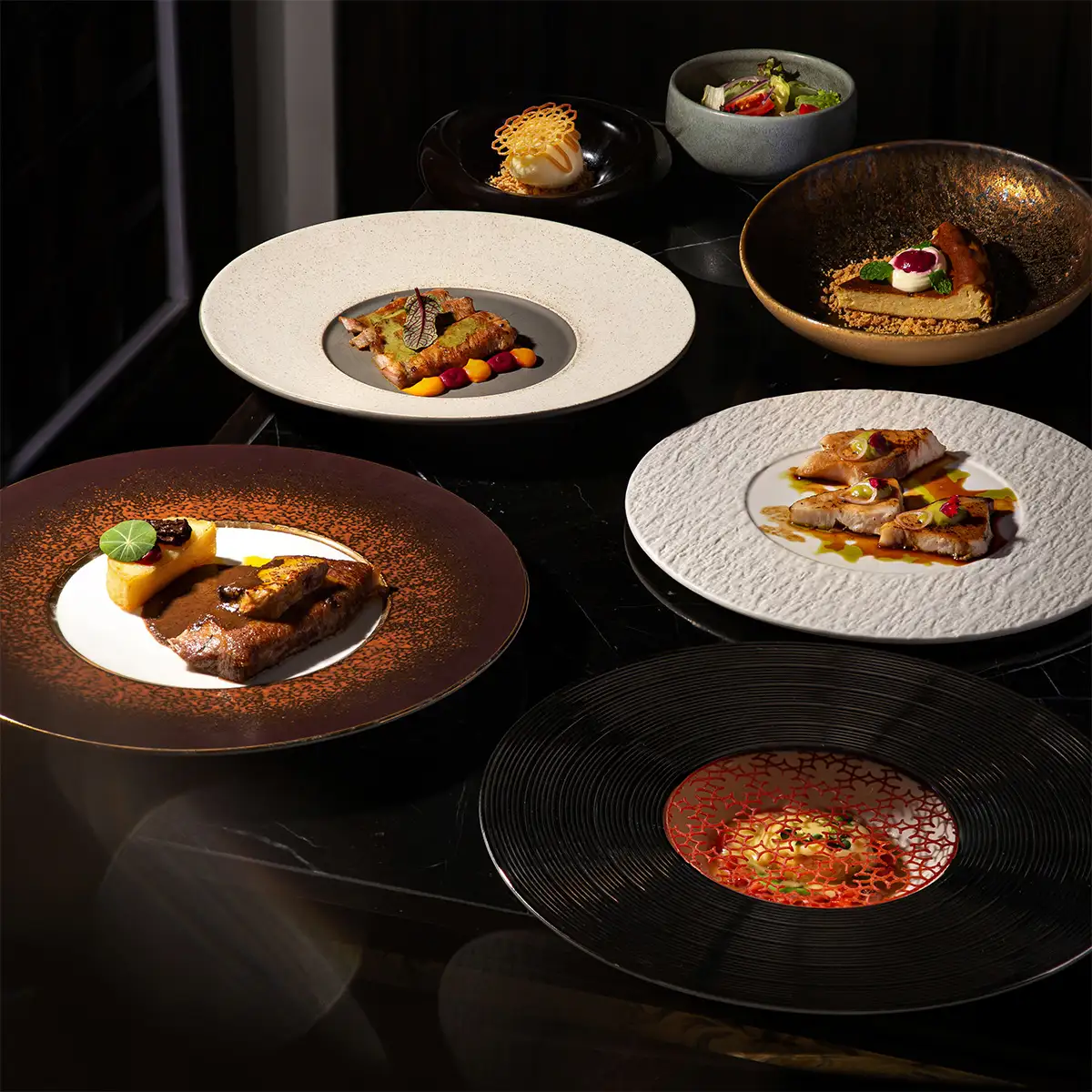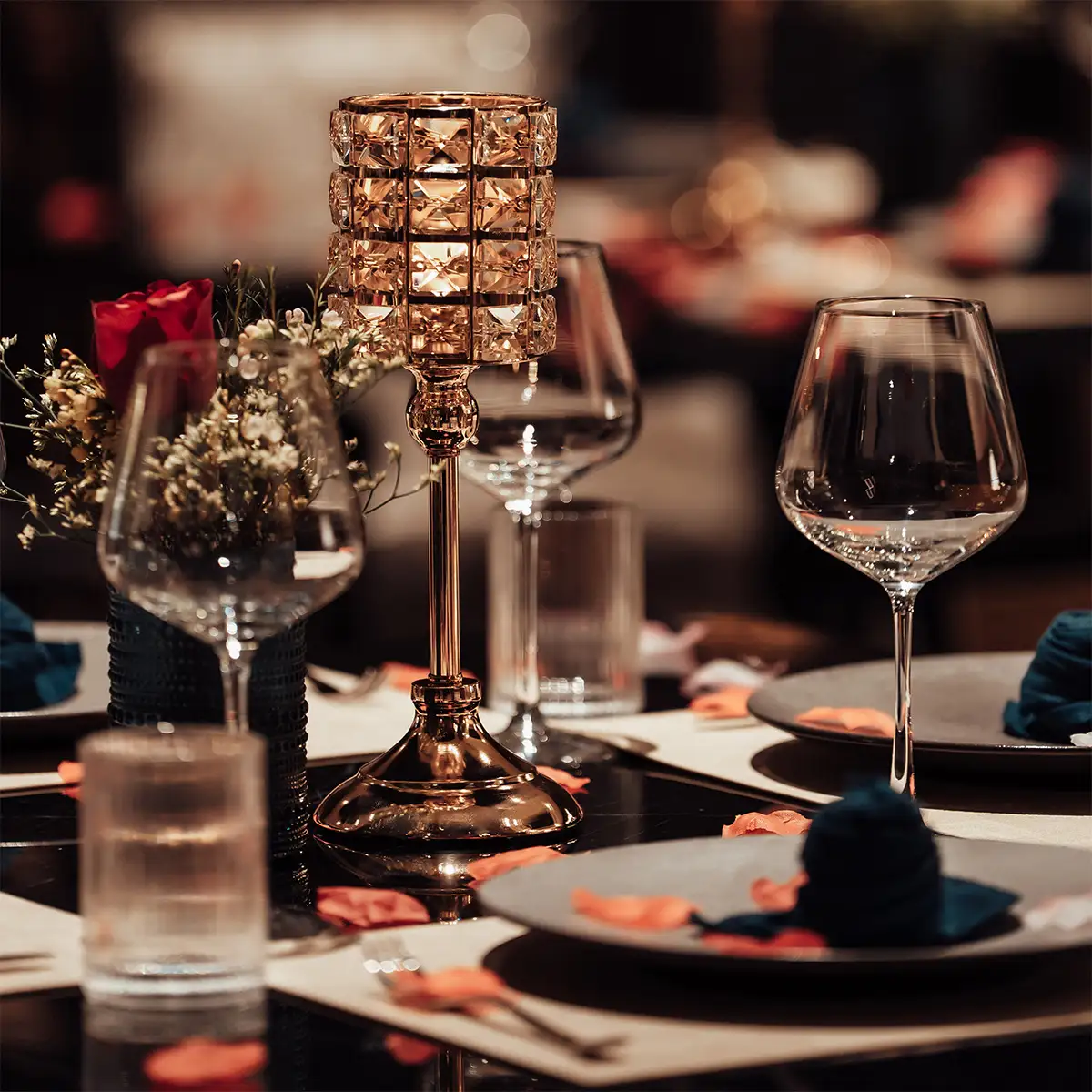Different fine dining styles around the world reflect a rich tapestry of culinary philosophies, techniques, and cultural heritage, transforming a meal into an immersive journey. From the refined traditions of European haute cuisine to the avant-garde innovations of Asian gastronomy, each style offers a unique perspective on luxury dining. At Moca Dining, we celebrate our own distinctive culinary identity while embracing the global spectrum of fine dining excellence. Gaining insight into these diverse approaches not only enhances appreciation for the artistry behind each dish but also deepens one’s understanding of the cultural stories they tell.
1. An overview of popular fine dining styles around the world
The global fine dining scene is vibrant and ever-evolving. However, several distinct styles have established themselves as pillars of international culinary excellence.
- Classic French cuisine: Often considered the bedrock of Western fine dining, Classic French cuisine, codified by Auguste Escoffier, emphasizes rich sauces, meticulous techniques, and luxurious ingredients. Its origins trace back to the royal courts of France, evolving over centuries to represent the pinnacle of culinary artistry.
- Modern French cuisine: While rooted in classic techniques, Modern French cuisine, or "Nouvelle Cuisine" and its successors, embraces lighter preparations, fresher ingredients, and more artistic presentations. It emerged in the mid-20th century as a reaction to the perceived heaviness of classic dishes, focusing on the natural flavors of components.
- Italian cuisine: Celebrated for its regional diversity and emphasis on high-quality, seasonal ingredients, Italian fine dining ranges from rustic elegance to sophisticated innovation. Its history is deeply intertwined with family traditions and the bounty of the Mediterranean.
- Japanese cuisine: Characterized by its precision, respect for ingredients, and minimalist aesthetic, Japanese fine dining, including traditions like Kaiseki, places a strong emphasis on seasonality and balance. Its development is steeped in centuries of tradition and a deep connection to nature.
- Nordic cuisine: A more recent but highly influential force, Nordic fine dining champions local, seasonal, foraged, and sustainable ingredients, often employing ancient techniques like fermenting and pickling alongside modern innovations. It reflects the pristine landscapes and culinary heritage of the Nordic countries.
- Spanish cuisine: From traditional tapas and paellas to the avant-garde creations of molecular gastronomy, Spanish fine dining is known for its bold flavors, high-quality seafood, and innovative spirit. Its culinary history is a rich mosaic of regional specialties and global influences.
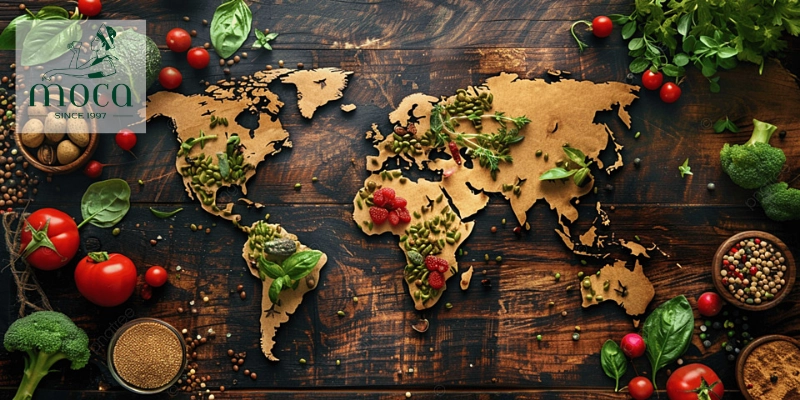
Celebrating the diverse fine dining traditions shaping the world’s culinary landscape.
Learn more: Fine Dining: Discover the Art of Elevated Cuisine
2. Characteristics of each fine dining style
Understanding the different fine dining styles around the world involves delving into their specific attributes.
Classic French cuisine
- Ingredients: Relies heavily on premium, often rich ingredients such as foie gras, truffles, high-quality meats and seafood, butter, cream, and fine wines integrated into the cooking process.
- Techniques: Dominated by elaborate and meticulous cooking methods. Think complex mother sauces (Béchamel, Velouté, Espagnole, Hollandaise, Tomato), precise knife cuts, and slow cooking processes. The focus is on achieving deep, classic flavors. For instance, a perfectly executed Consommé requires hours of simmering and clarification.
- Presentation: Formal and elegant, often served in a traditional, opulent style. Dishes are typically plated with a sense of grandeur and symmetry.
- Space: Luxurious and classic, often featuring ornate décor, plush seating, fine linens, and sometimes live classical music to create an atmosphere of sophisticated indulgence.
- Service: Highly professional, formal, and dedicated, with sommeliers and waitstaff possessing extensive knowledge of cuisine and wine pairings. Service is often tableside, such as carving or flambéing.
- Example: Le Jules Verne in Paris, located in the Eiffel Tower, offers a quintessential classic French fine dining experience worldwide.
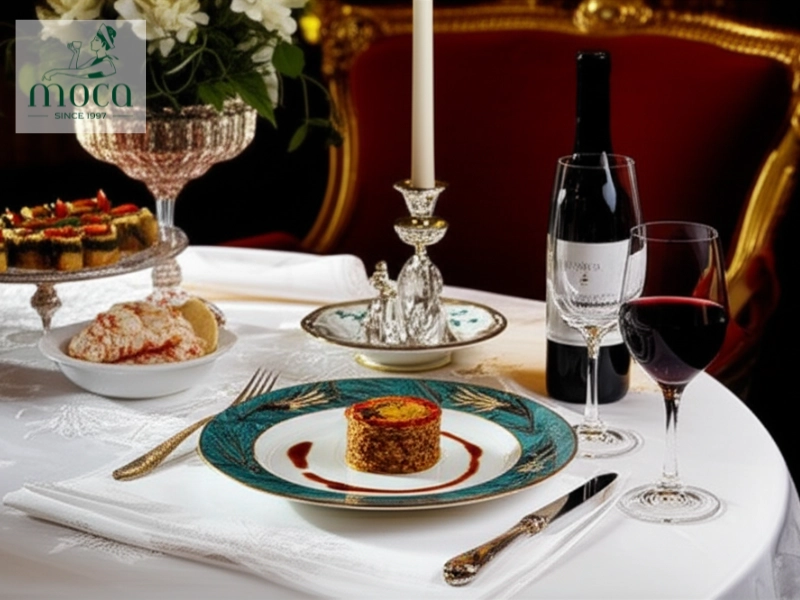
Classic French cuisine: Where rich ingredients, meticulous technique, and grand presentation meet timeless elegance.
Modern French cuisine
- Ingredients: Prioritizes fresh, seasonal ingredients, often locally sourced. There's a greater willingness to combine local produce with international flavors and ingredients, moving away from the heavier elements of classic cuisine.
- Techniques: Employs modern and often innovative cooking techniques, including sous-vide, espuma (foams), and deconstruction. The emphasis is on highlighting the natural flavors and textures of the ingredients with lighter sauces and preparations.
- Presentation: Characterized by its artistry and refinement. Plating is often minimalist yet visually stunning, focusing on aesthetics, color, and form. Think of dishes resembling abstract art.
- Space: Tends to be modern and sometimes minimalist, creating a comfortable, chic, and relaxing atmosphere. The design often incorporates contemporary art and innovative lighting.
- Service: While still highly professional, service in modern French establishments can be friendlier and more approachable, though staff remain exceptionally knowledgeable about the intricate dishes and wine list.
- Example: Mirazur in Menton, France, helmed by Chef Mauro Colagreco and previously ranked No. 1 in The World's 50 Best Restaurants, is a prime example of Modern French cuisine with a focus on hyper-local and seasonal ingredients.
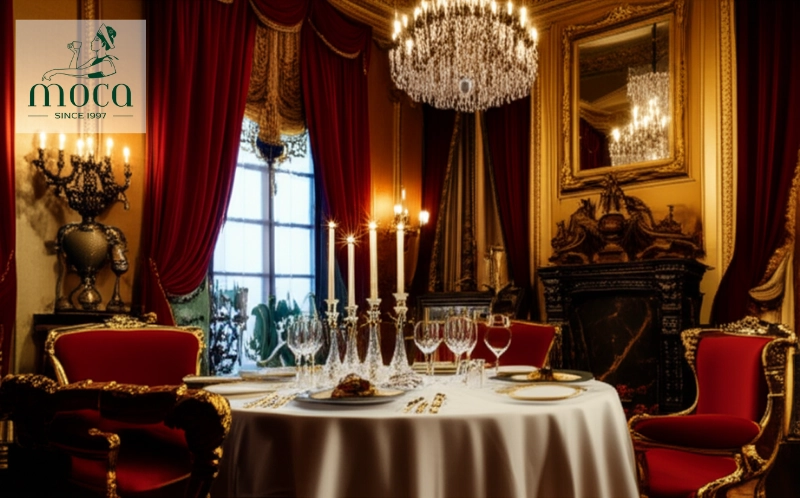
Modern French cuisine: Celebrating fresh, seasonal ingredients through innovative techniques and artistic presentation.
Italian cuisine
- Ingredients: At its heart, Italian fine dining celebrates fresh, simple, high-quality seasonal ingredients. Key elements include artisanal pasta, ripe tomatoes, extra virgin olive oil, fresh cheeses (like Parmigiano-Reggiano and Mozzarella di Bufala), and an abundance of fresh vegetables and seafood. The concept of campanilismo (local pride) means ingredients are often hyper-local.
- Techniques: Cooking techniques are often straightforward, designed to let the quality of the ingredients shine. This includes grilling, roasting, braising, and the art of fresh pasta making. The focus is on pure, unadulterated flavors.
- Presentation: Typically simple, rustic yet elegant, and approachable, with a strong emphasis on showcasing the ingredients. Presentation often feels generous and inviting.
- Space: Often aims for a cozy, warm, and friendly atmosphere, sometimes evoking the feeling of being in an Italian home or a sophisticated trattoria. Natural materials and warm lighting are common.
- Service: Enthusiastic, passionate, and attentive. Staff are typically very knowledgeable about Italian regional cuisine, wines, and the stories behind the dishes.
- Example: Osteria Francescana in Modena, Italy, by Chef Massimo Bottura, reinterprets traditional Italian dishes with a contemporary and artistic flair, demonstrating the heights of Italian fine dining.
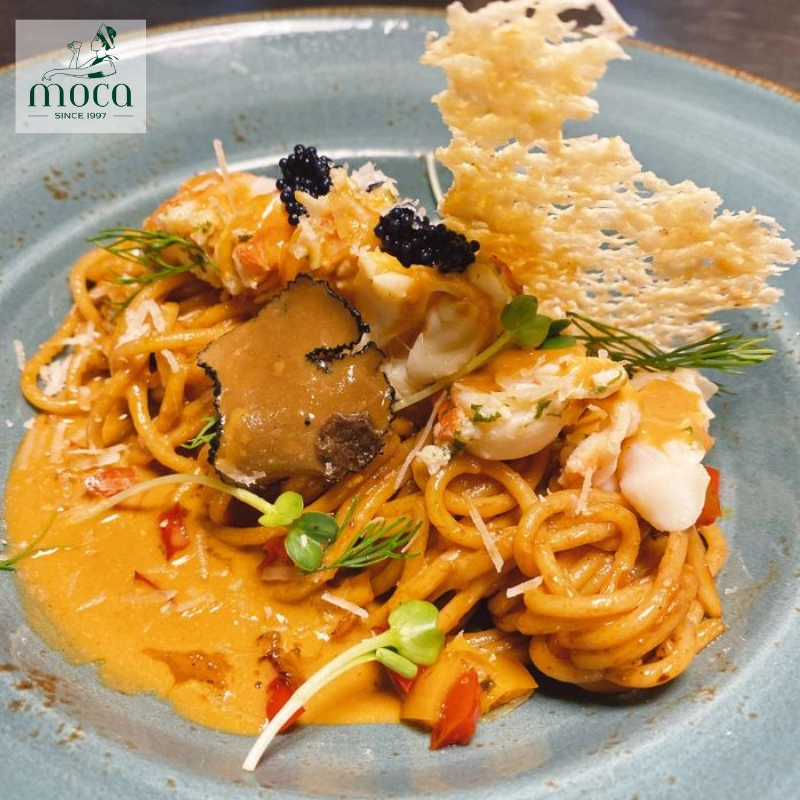
Italian cuisine: Celebrating simple, high-quality ingredients with rustic elegance and heartfelt warmth.
Japanese cuisine
- Ingredients: Unwavering emphasis on seasonality and the utmost freshness, particularly for seafood. High-quality rice, soy sauce, mirin, sake, dashi, and wasabi are fundamental. Minimal processing is key to preserving natural tastes.
- Techniques: Meticulous and precise techniques honed over generations. This includes expert knife skills for sushi and sashimi, controlled grilling (yakimono), simmering (nimono), and steaming (mushimono). The multi-course Kaiseki meal showcases a variety of techniques and seasonal ingredients.
- Presentation: Minimalist, artistic, and deeply symbolic. Attention is paid to the balance of colors, shapes, textures, and the choice of ceramics, which are considered an integral part of the dish.
- Space: Often serene and minimalist, designed to foster a contemplative dining experience. Natural materials like wood and stone are prevalent, creating a harmonious and tranquil environment.
- Service: Characterized by grace, attentiveness, and profound respect (omotenashi). Chefs often play a central role, especially at sushi counters, engaging with diners and explaining the dishes.
- Example: Sukiyabashi Jiro in Tokyo (though now primarily serving regulars) is legendary for its pursuit of perfection in sushi, embodying the dedication inherent in Japanese fine dining cultures.
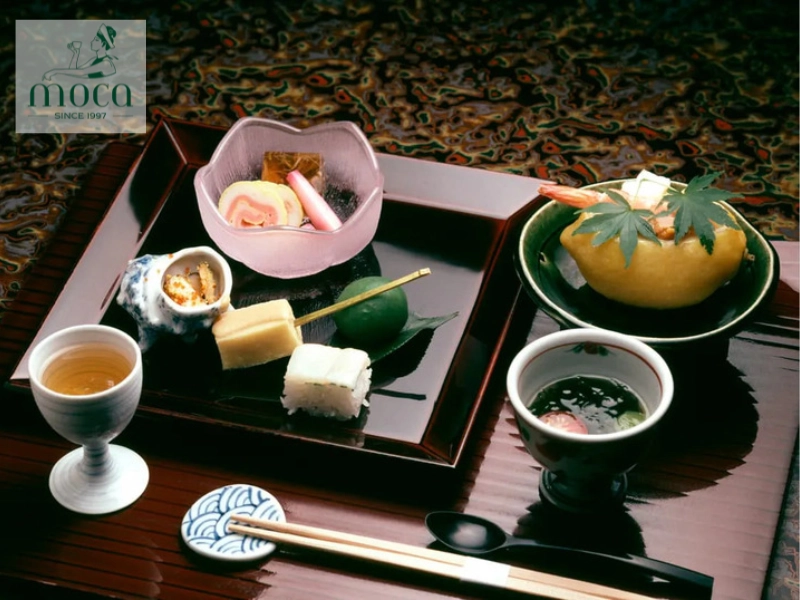
Japanese cuisine: A harmonious balance of seasonality, precision, and serene artistry in every bite.
Nordic cuisine
- Ingredients: Hyper-local, seasonal, and often foraged ingredients from the region's forests, coastlines, and farms. This includes berries, mushrooms, game meats, seafood from cold waters, and ancient grains. Sustainability is a core tenet.
- Techniques: A blend of ancient Nordic preservation methods (fermentation, smoking, salting, pickling) and innovative, modern culinary techniques. Emphasis is on purity, simplicity, and reflecting the local terroir.
- Presentation: Natural, often starkly beautiful, and minimalist, reflecting the Nordic landscape. Dishes might be presented on natural elements like stones or wood.
- Space: Typically embodies Scandinavian design principles: minimalist, functional, with clean lines, natural light, and a focus on natural materials, creating a calm and uncluttered ambiance.
- Service: Professional yet often relaxed and informative. Staff are passionate about the provenance of ingredients and the philosophy behind the cuisine.
- Example: Noma in Copenhagen, Denmark, has been a global pioneer of New Nordic cuisine, consistently recognized for its innovative approach to local and foraged ingredients.

Nordic cuisine: Embracing nature’s bounty through purity, tradition, and minimalist elegance.
Spanish cuisine
- Ingredients: Rich in regional diversity, Spanish fine dining utilizes an abundance of fresh seafood, high-quality pork (like Jamón Ibérico), lamb, vibrant vegetables (peppers, tomatoes, artichokes), olives, and almonds. Spices like saffron and paprika are prominent.
- Techniques: Ranges from traditional methods like paella making and tapas preparation to the avant-garde molecular gastronomy techniques pioneered by Spanish chefs. This includes spherification, foams, and airs.
- Presentation: Can vary widely. Traditional dishes may have a rustic charm, while modern Spanish cuisine is known for its highly creative, artistic, and often playful presentations.
- Space: Ambiance can range from lively and convivial in tapas-focused establishments to sleek and sophisticated in modern fine dining restaurants. Many reflect a strong sense of Spanish design and culture.
- Service: Generally warm, hospitable, and passionate. In avant-garde restaurants, service can be an integral part of the theatrical dining experience.
- Example: El Celler de Can Roca in Girona, Spain, run by the Roca brothers, is renowned for its creative, technically brilliant cuisine that often evokes emotions and memories, showcasing the pinnacle of modern Spanish fine dining.
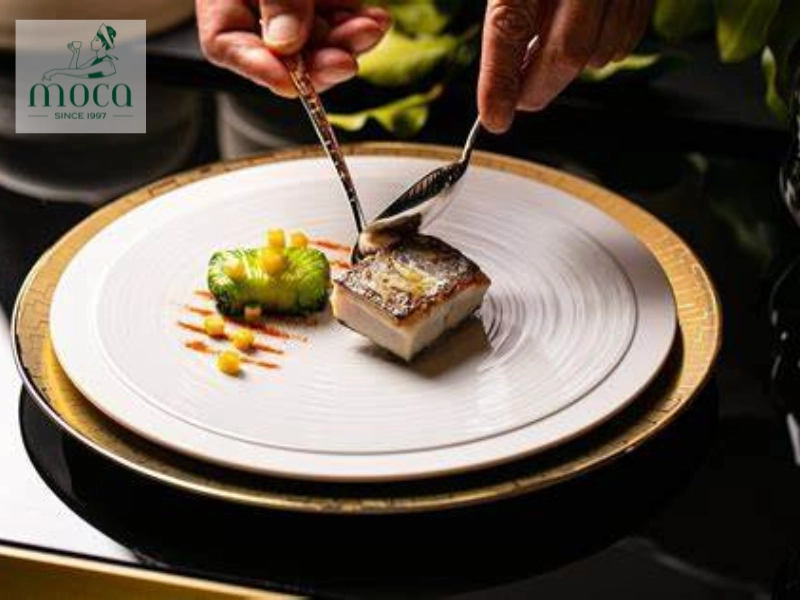
Spanish cuisine: A bold fusion of tradition and innovation, bursting with vibrant flavors and artistic flair.
Learn more: Fine Dining Restaurant: Discover The Ultimate Culinary Experience
3. Differences between fine dining styles
The primary differences among these different fine dining styles around the world lie in their core philosophies, which then dictate:
- Ingredients: While all prioritize quality, the type of ingredients varies dramatically – rich and luxurious in Classic French, hyper-local and foraged in Nordic, simple and seasonal in Italian.
- Techniques: From the complex, sauce-based techniques of Classic French to the ingredient-focused simplicity of Italian or the precision of Japanese methods, the approach to cooking defines each style.
- Presentation: Styles range from the opulent and formal (Classic French) to the minimalist and artistic (Modern French, Japanese, Nordic) or the rustic and approachable (Italian).
- Space: Ambiance is tailored to the cuisine, from the grandeur of classic establishments to the serene minimalism of Japanese or the cozy warmth of Italian restaurants.
- Service: Service models adapt, from highly formal and almost reverential to more relaxed yet still exceptionally professional and knowledgeable.
Each style possesses unique advantages. Classic French offers unparalleled richness and tradition, while Modern French excites with innovation. Italian provides comfort and authentic flavors. Japanese offers purity and artistry. Nordic challenges with its unique, terroir-driven approach, and Spanish delights with its vibrant diversity.
The "best" style is subjective and depends on the diner's preferences, the occasion, and the desired fine dining experience worldwide. Those seeking opulent tradition might prefer Classic French, while adventurous palates may gravitate towards Nordic or Modern Spanish.

From opulent tradition to minimalist artistry, global cuisines offer unique experiences tailored to every palate and occasion.
4. Moca Dining: A unique fine dining style with a Vietnamese touch
At Moca Dining, we have embarked on a journey to create a fine dining destination that, while appreciating the different fine dining styles around the world, carves its own unique niche with a distinctive Vietnamese identity. Our culinary philosophy is rooted in the rich tapestry of Vietnamese cuisine, elevated through contemporary techniques and a commitment to the finest local and seasonal ingredients.
Moca Dining’s style is a harmonious fusion. We draw inspiration from the refined traditions and delicate balance of Vietnamese cuisine, respecting its ancient recipes and authentic flavors. This is thoughtfully interwoven with modern culinary techniques, often inspired by the precision and artistry found in Vietnamese fine dining cultures, allowing us to present familiar flavors in new and exciting ways. Central to our ethos is the championing of premium Vietnamese produce, celebrating the bounty of our local farms and waters.
The space at Moca Dining is designed to complement our culinary vision. It blends contemporary elegance with subtle Vietnamese architectural and decorative elements – perhaps locally crafted ceramics, silk accents, or artwork by Vietnamese artists. The ambiance is sophisticated yet warm and inviting, creating an environment where guests feel both indulged and comfortable. Our service mirrors this balance: professional, attentive, and deeply knowledgeable about our cuisine and its Vietnamese roots, yet delivered with genuine warmth and hospitality that is characteristic of Vietnamese culture. We strive to offer one of the most memorable fine dining experiences worldwide, right here.
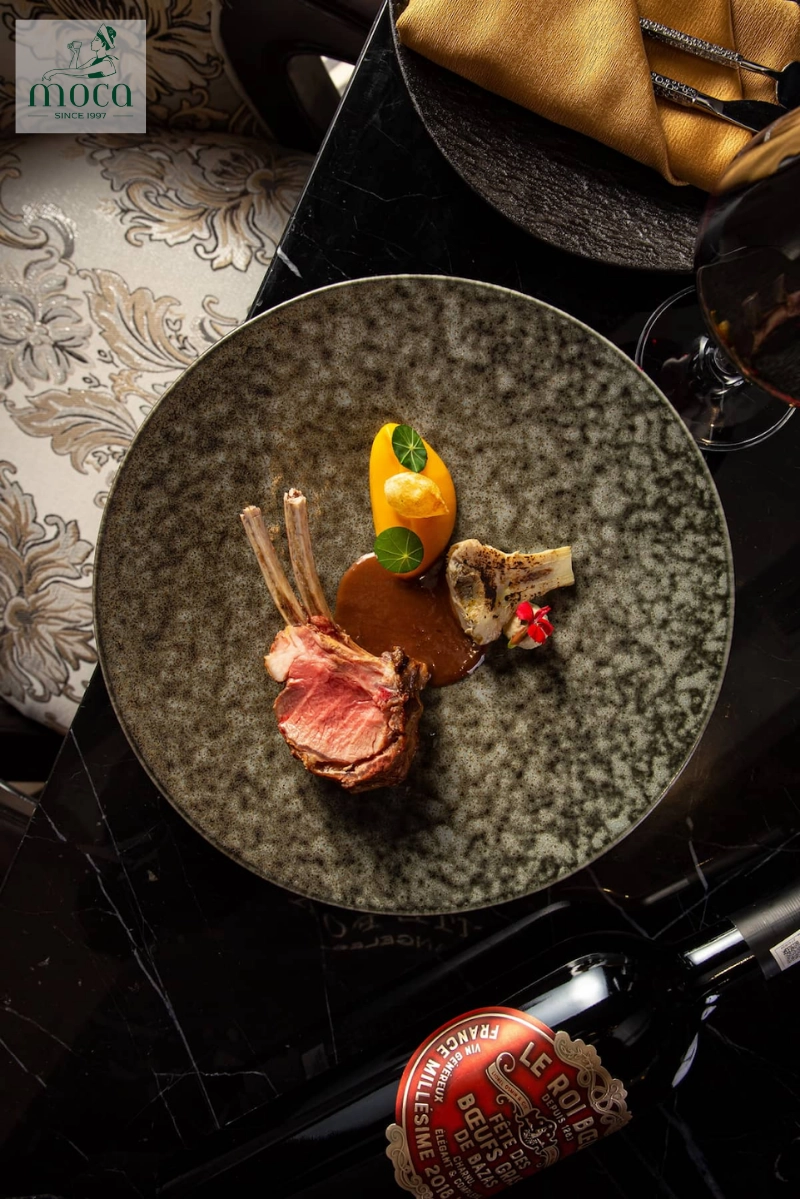
Moca Dining: Where authentic Vietnamese flavors meet contemporary fine dining elegance.
Exploring different fine dining styles around the world reveals a rich spectrum of culinary artistry, from the elegance of Classic French cuisine to the innovation of Nordic flavors. At Moca Dining, we proudly offer our own interpretation—rooted in Vietnamese heritage and elevated by contemporary creativity. As part of this global culinary conversation, we invite you to discover a dining experience that reflects both Vietnam’s rich past and its dynamic future. When seeking a globally inspired yet authentically Vietnamese fine dining journey, Moca Dining welcomes you.






